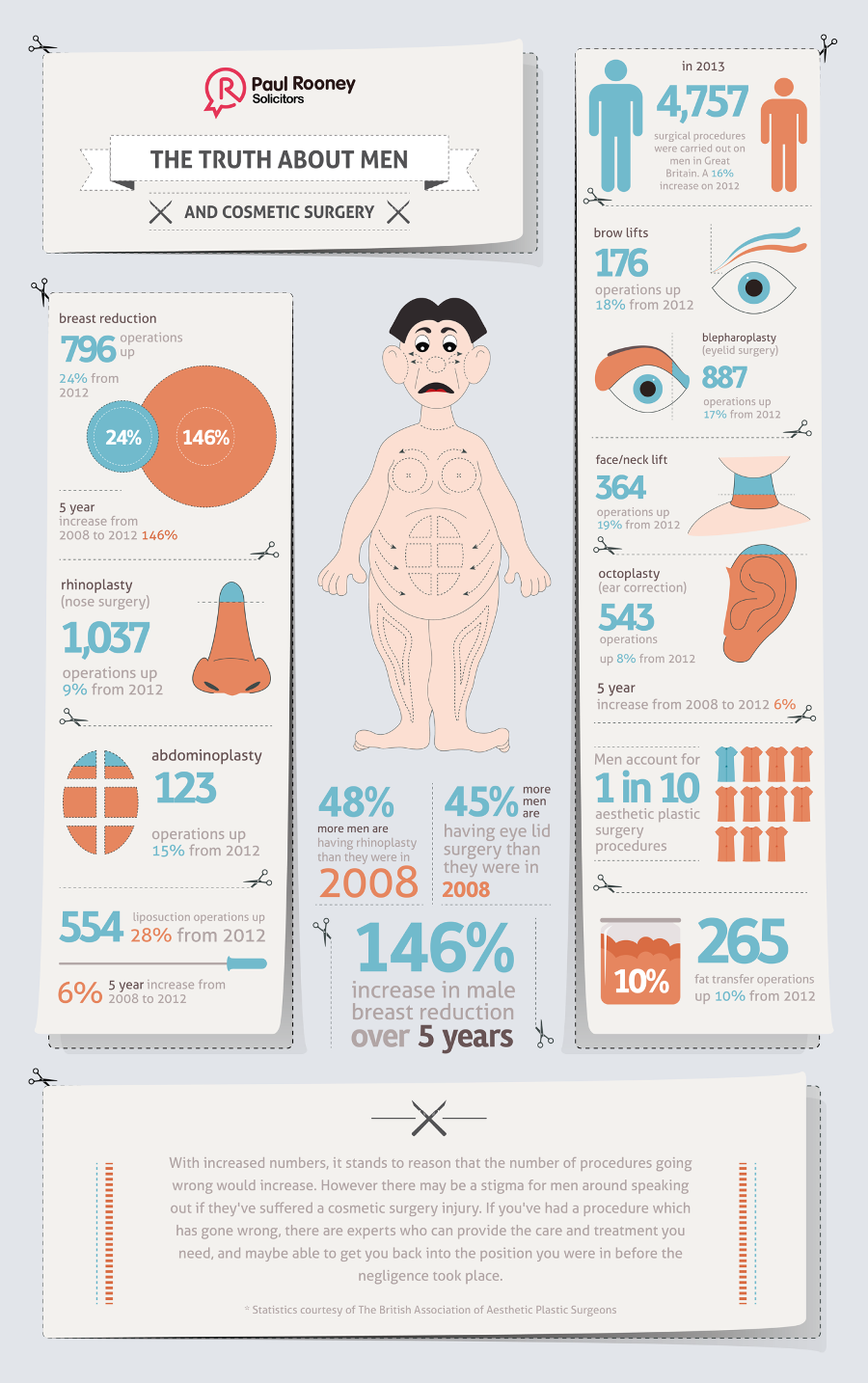Can Acne Get Worse Before It Gets Better
Can Acne Get Worse Before It Gets Better
Blog Article
Light Therapy For Teen Acne
Eight in 10 young adults obtain acne and the problem can have lasting implications. But prescription therapies like benzoyl peroxide, prescription antibiotics and the birth control pill can have unwanted side effects.
Light therapy is a risk-free, effective alternative. And currently LED light tools are readily available for home usage. They utilize blue and traffic signal to eliminate germs, relieve the skin and help prevent future outbreaks.
Acne-fighting wavelengths
Light treatment for acne is a drug-free, noninvasive treatment that has been clinically confirmed to regulate acne without prescription medicines or severe chemicals. It also helps reduce imperfections and lessen scarring.
The light in the blue wavelengths attacks the acne creating microorganisms, Propionibacterium acnes, that live deep in the skin. This kills the bacteria and decreases the amount of oil that is generated, aiding to get rid of acne breakouts. Blue light has been revealed to be efficient alone or in combination with photosensitizing agents like aminolevulinic acid (ALA) hydrochloride, which lowers both oil gland dimension and acne germs count.
In some researches, LED therapies have been shown to boost 76-90% of moderate to moderate inflammatory acne lesions (papular, pustular & cystic). The red & near infrared light advertises healing and helps redesign very early & moderate acne scars. On top of that, it boosts the look of red macules and unequal pigmentation associated with inflammatory acne. This acne light therapy is risk-free for all ages and skin kinds.
Red light
Red light treatment provides wavelengths of natural sunshine-- minus the skin-damaging UV rays-- to the skin. This light promotes collagen production, lowers great lines and wrinkles, and enhances flow to the skin's surface. This aids promote healing of blemishes, specifically those triggered by acne scarring. It also stabilizes sebum production to stop oil accumulation.
Kibildis says light treatment can be utilized 4 to 7 times a week for 20 minutes. It is necessary to comply with the instructions for your details gadget. She adds that a properly maintained skincare regimen, including mild cleaning and hydrating with a noncomedogenic cream, will aid maintain the outcomes of your light treatment.
Chapas keeps in mind that blue and red light therapies service inflammatory acne, which is the type related to irritated pustules and cysts. It does not assist with hormonal or comedonal (clogged-pore) acne. Furthermore, it's not recommended for those with a clinical condition that makes them conscious light or those taking medications that can trigger light sensitivity.
Blue light
Acne establishes when oil, dust, and dead skin cells block pores. Bacteria called Propionibacterium acnes then expand in those blocked pores and cause them to swell. These swellings are referred to as pimples. Light therapy has been revealed to kill microorganisms and clean up imperfections.
It has additionally been found to reduce oil glands and reduce the quantity of pore-clogging oil your body produces. Both red and blue light treatments have actually been shown to be reliable for mild to modest acne.
Before treatment, you might be given medication that makes your skin more sensitive to the light This medication is called a photosensitizer and it's used with a kind of light treatment known as photodynamic treatment (PDT). PDT has been shown to be extra effective than light alone for the therapy of acne. It can even remove extreme cases of acne. Nevertheless, you'll require a lot of therapy sessions to see outcomes. Also, you'll need to stay clear of retinols and other items that slim your skin before and after treatment.
Thumbs-up.
If you're experiencing the less-common types of acne-- like blackheads and whiteheads, or enlarged pores or dilated blood vessels-- thumbs-up may assist. It targets and damages bacteria that can activate swelling, and it also soothes skin to avoid future outbreaks.
There are LED lights you can buy at home dysport vs botox that use either red or blue wavelengths, although they're often less effective than what you would certainly get at a physician's workplace. Yet a few years back, a firm that started out in the red-light space (PlatinumLED) surprised every person when they introduced they 'd be adding blue-light choices to their tools. That means you can do a light-facial combo in the house. It's an excellent alternative for anyone who intends to attempt light therapy, but doesn't wish to devote to the higher costs and longer treatment times of an expert session.